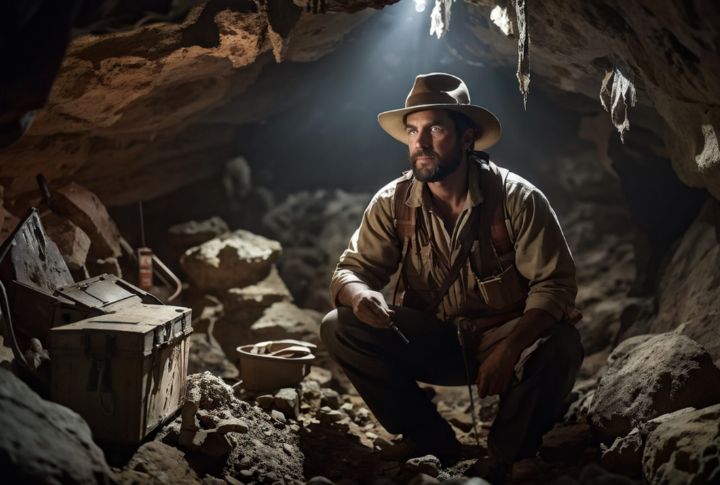
For nearly 60,000 years, a cave remained sealed in darkness, untouched by humans or time itself. When scientists finally opened it, what they uncovered didn’t fit any known story of human creativity or intelligence. The discovery challenges everything we thought we knew about the origins of art and imagination. In the following exploration, you’ll see how one finding changed science forever, and why it’s worth understanding.
La Roche-Cotard Cave
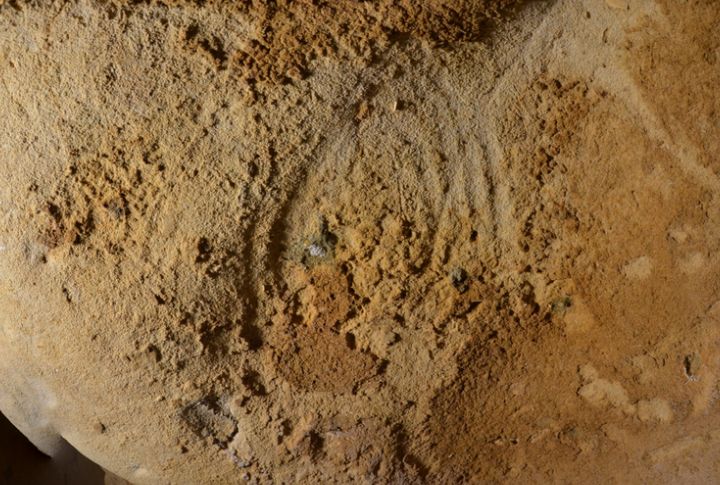
Discovered in 1846 along France’s Loire Valley, La Roche-Cotard seemed like just another limestone cave. However, excavations revealed four winding chambers sealed off by ancient sediment. Preserved in perfect darkness for tens of thousands of years, its untouched silence guarded secrets from a vanished world.
Ancient Patterns Revealed
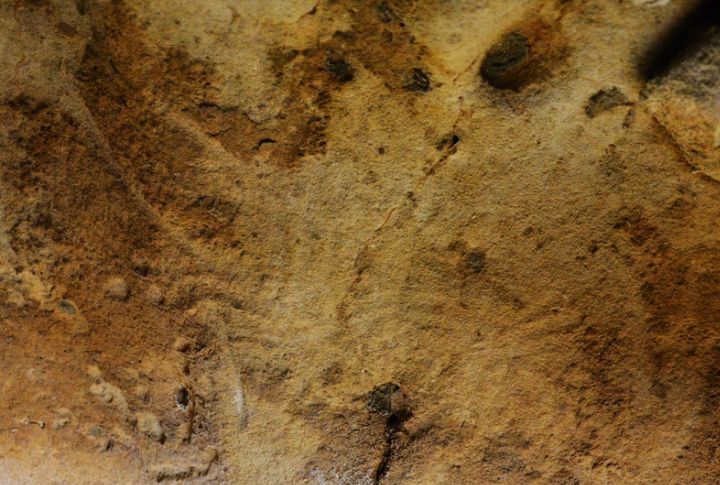
When scientists finally illuminated the inner walls, they saw faint lines etched with care. These weren’t scratches or accidents but deliberate patterns that intersected and curved with intent. The designs carried no images, yet hinted at abstract thought, which suggests a creative mind older than any known human art.
Homo Sapiens Timeline In Europe

That realization sparked an even deeper mystery: modern humans didn’t reach Europe until roughly 54,000 years ago. Since La Roche-Cotard’s markings predate that by several millennia, they couldn’t have been made by Homo sapiens. The evidence instead pointed directly to Europe’s earlier inhabitants: Neanderthals, an extinct group of prehistoric humans.
Mousterian Stone Tools
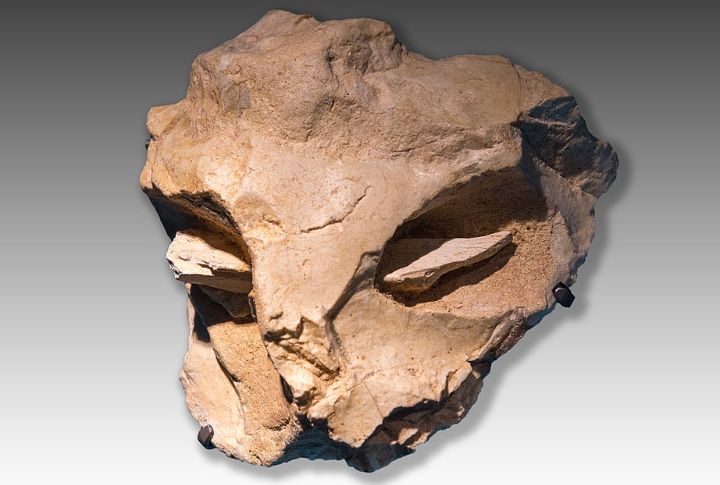
Archaeologists also uncovered Mousterian stone tools: finely flaked scrapers, points, and hand axes crafted from flint and chert. These tools, marked by their careful retouching and standardized forms, are characteristic of Neanderthal technology across Europe. Many were shaped using the Levallois technique, a complex method that required planning and foresight.
Third Chamber Location
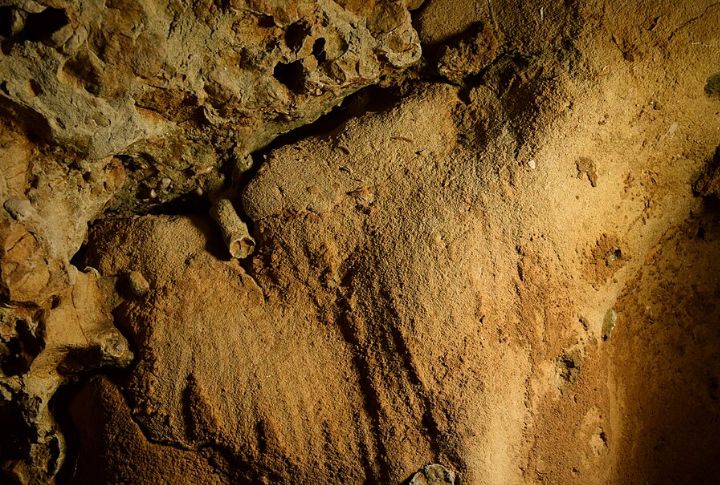
Deeper exploration led scientists to the third chamber, where the most remarkable art appeared. Eight panels, densely covered in finger flutings, stretched across the walls. Here, in the cave’s silent heart, Neanderthals once shaped patterns into stone—proof of their curiosity and perhaps even communication.
3D Photogrammetry Analysis

Because the engravings were too fragile to handle, researchers turned to 3D photogrammetry. It’s a technique that stitches together hundreds of overlapping photographs to create a precise digital replica. The high-resolution model captured every ridge and groove, which allowed scientists to study the carvings without risking damage.
Jean-Claude Marquet’s Research
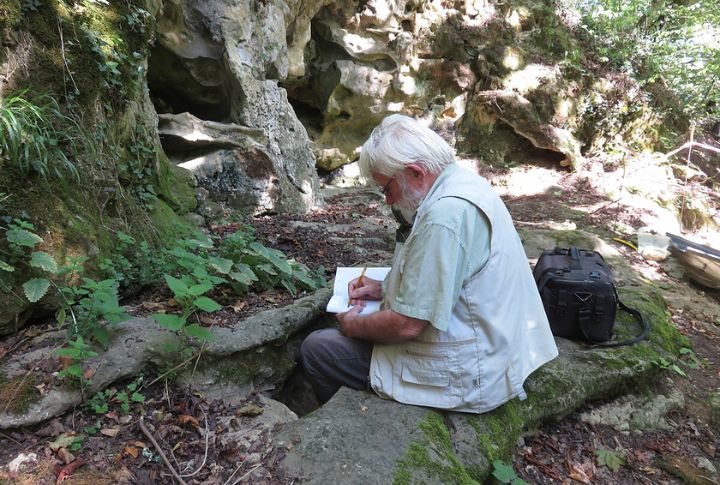
Leading the investigation, French archaeologist Jean-Claude Marquet spent decades uncovering La Roche-Cotard’s meaning. From early digs in the 1970s to advanced digital modeling, his work proved the markings were evidence that Neanderthals engaged in symbolic thought long before humans arrived.
Lascaux Cave Paintings Comparison
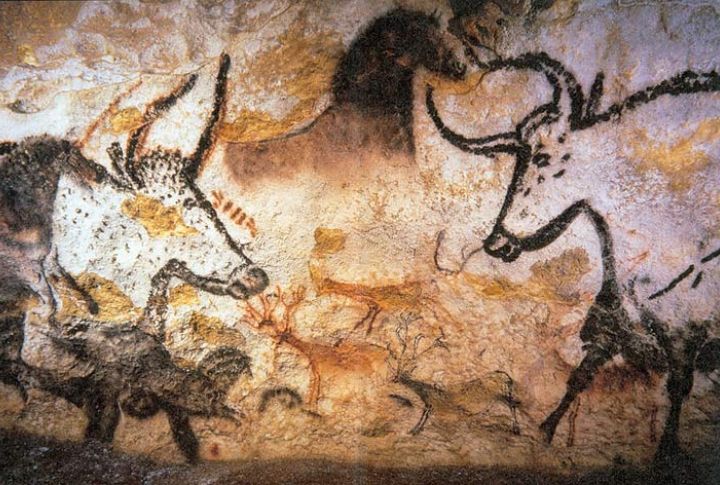
Marquet compared the engravings with the Lascaux Cave paintings. The latter paintings were vibrant depictions of horses, bulls, and deer made by Homo sapiens more than 30,000 years later. Unlike Lascaux’s detailed scenes, La Roche-Cotard’s simple lines revealed the first steps toward symbolic expression, showing that creativity began with primitive humans.
The Year Neanderthals Were Named Artists
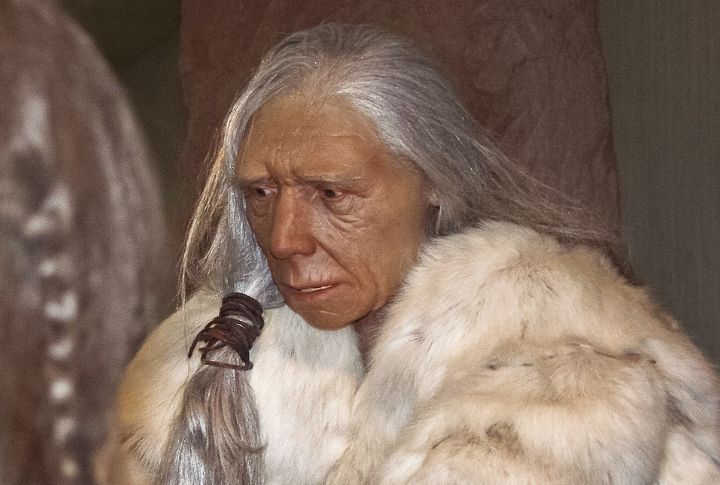
In June 2023, researchers published definitive evidence that the engravings inside La Roche-Cotard cave were created by Neanderthals over 57,000 years ago. This landmark study overturned decades of skepticism and formally recognized Neanderthals as the world’s earliest known artists.
From Cave To Curriculum
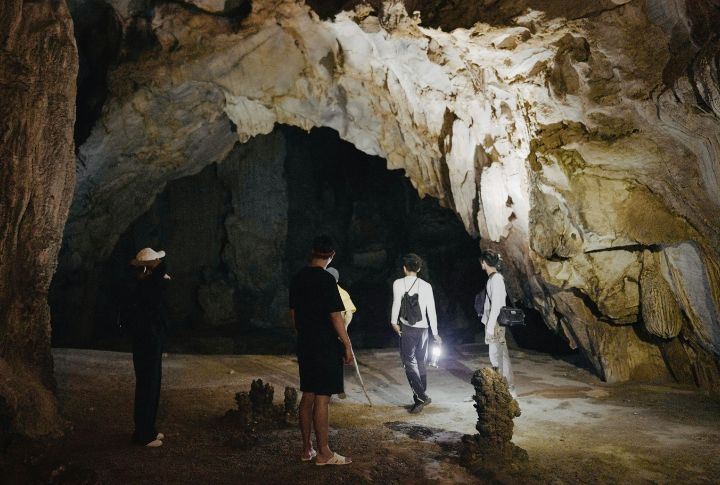
Today, La Roche-Cotard is a flagship site for understanding early human cognition, featured in museum exhibits, documentaries, and academic curricula. The cave’s story is used to educate the public about the evolution of intelligence and creativity, reshaping how we view our ancient relatives.

